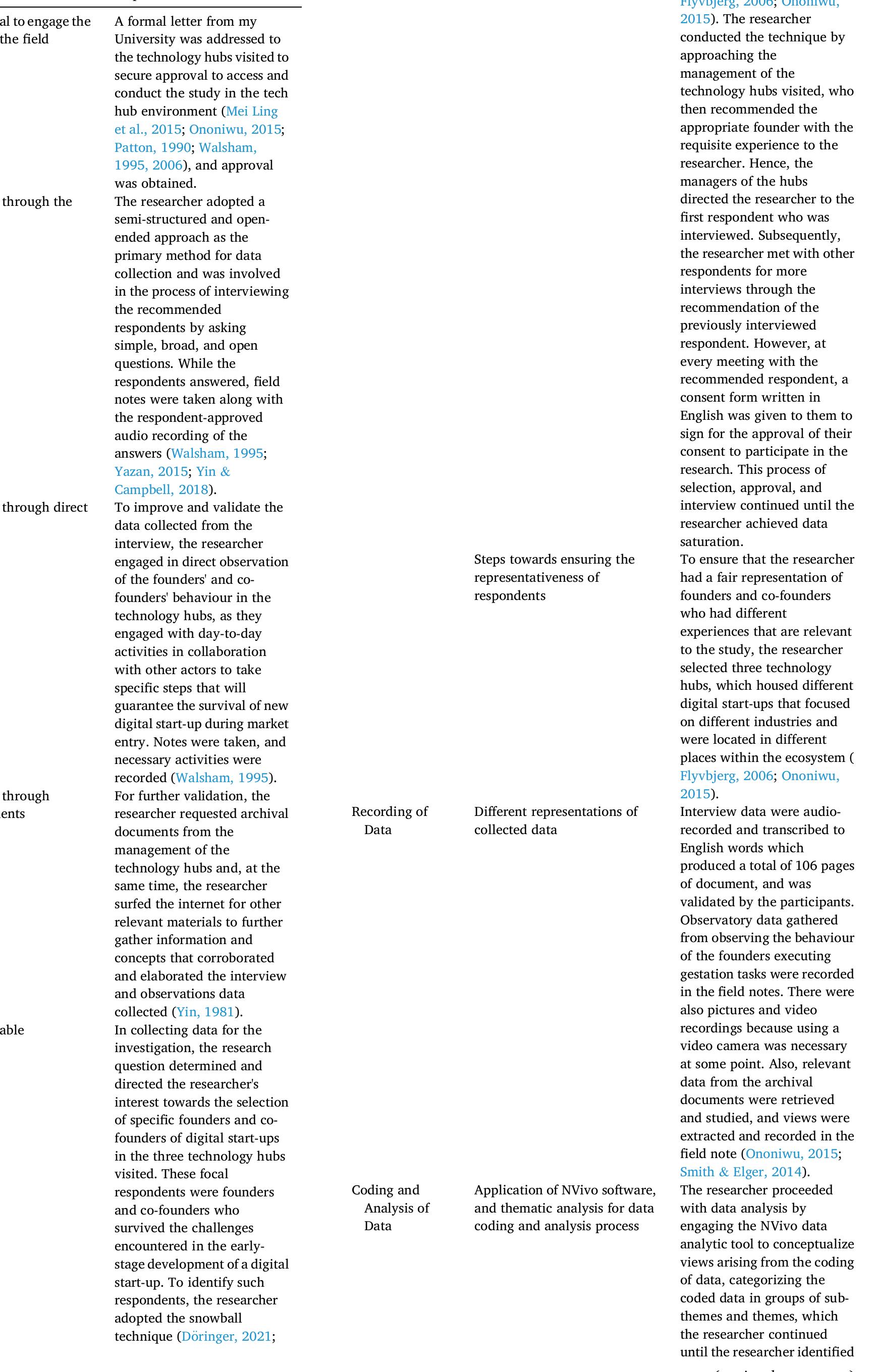The main task of this article is to explore the entrepreneurship policy in Estonia. The idea proceeds from the book by Lundström and Stevenson (2001) 1 , in which the authors describe, analyse and discuss the development of...
moreThe main task of this article is to explore the entrepreneurship policy in Estonia. The idea proceeds from the book by Lundström and Stevenson (2001) 1 , in which the authors describe, analyse and discuss the development of entrepreneurship policy in ten economies-six EU Member States 2 and four members of APEC. In some respects, this article strives to be a "missing chapter" in the aforementioned book concerning entrepreneurship policy in Estonia. It should be considered as an attempt to apply their approach to a country without a long history in SME development. The article starts with an overview of the theoretical background and goes on to examine entrepreneurship policy (or even economic policy) in Estonia. Examination of SME / entrepreneurship policy documents shows that Estonia is moving towards entrepreneurship policy, but with certain minor reservations. The current Estonian entrepreneurship policy may be regarded as a combination of an extension to SME policy and a holistic policy, the trend of development is towards the latter. The "old" (effective in 2002-2006) policy was almost SME policy and has been mentioned as a basis in the new (for 2007-2013) policy document, which is being prepared now. The policy structures followed the vertical model in the period 1996-2000 (and also earlier), but now Estonia is moving towards a horizontal or multi-ministerial model. 1 "Patterns and Trends in Entrepreneurship / SME Policy and Practice in Ten Economies-Volume 3 of the Entrepreneurship Policy for the Future Series", issued by the Swedish Foundation for Small Business Research. 2 EU stands for the European Union and APEC for the Asia-Pacific Economic Cooperation. 458 Because defining of entrepreneurship has been challenging for many scholars, there are many definitions. So the problem does not consist in the lack of definitions. As Davidsson (2003) wrote, "the literature is full of definitions of entrepreneurship, which differ along a number of dimensions …". This means that there is still a long way to go to a common definition and (more importantly) to a common understanding of entrepreneurship. Speaking about entrepreneurship, some authors like Acs (2005), Busenitz et al (2003) and Richtermeyer (2003) have used the phrase "emerging field" (or "themes"). So far we cannot speak about a consistent, universal theory in entrepreneurship; it consists of several different disciplines, such as psychology, sociology, regional science, economics, etc, and there is no common theoretical framework to synthesize these different approaches. (Virtanen 1997). Considering this, it is not surprising that there is still no unambiguous definition. At the time, some scholars are more positive about entrepreneurship. For instance, Richtermeyer (2003) points out that entrepreneurship is continuously evolving and also expanding. Davidsson (2003) perceives progress in entrepreneurship research, relying mainly on important works in entrepreneurship, which increasingly appear in highly respected, mainstream journals. Behind this he sees conceptual development that attracts attention. Davidsson also refers to compiled handbooks, providing the field with more of a common body of knowledge (ibid). Thus we can conclude that the "emerging field" is promising, as Shane and Venkataraman (2000) pronounced. The other word is policy. Avoiding a long (and probably not as fruitful) discussion about policy (or even economic policy) in general, it will be useful to go directly to entrepreneurship policy and start from its roots.
















